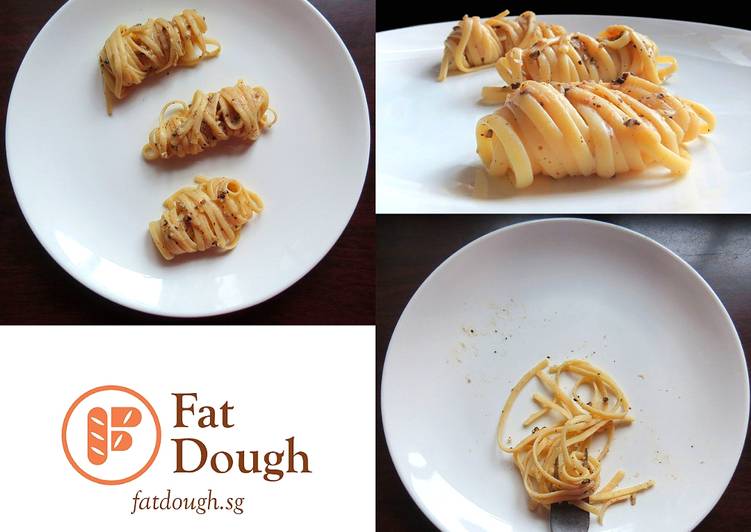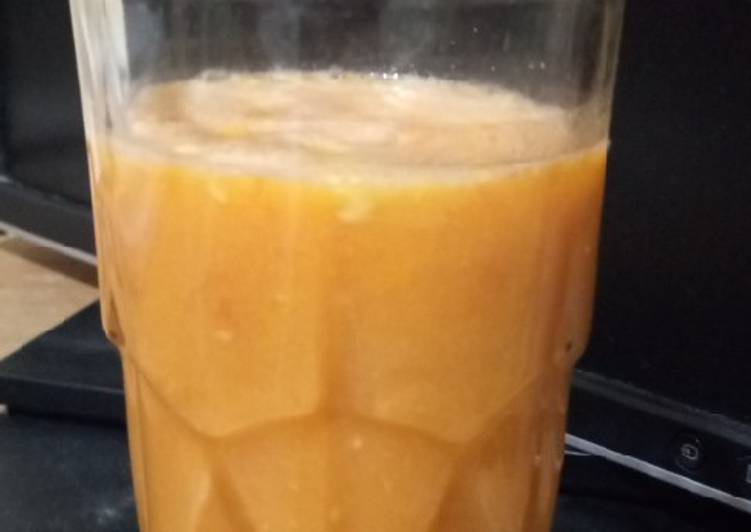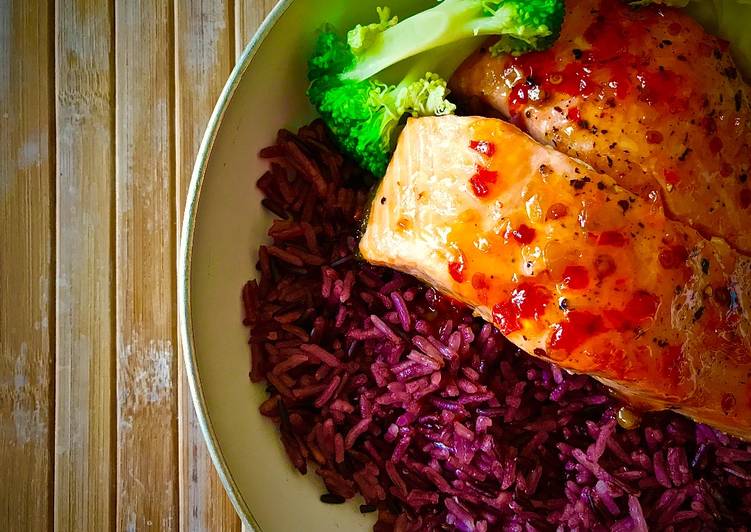
Hello everybody, hope you are having an amazing day today. Today, we’re going to make a special dish, cacio e pepe. It is one of my favorites. This time, I’m gonna make it a bit unique. This is gonna smell and look delicious.
A cacio e pepe recipe stands or falls by its method, the alchemy that turns dry cheese and water into creamy sauce. I have no problem believing that all the recipes I try work well in the hands of. Cacio e pepe pasta is one of the most-loved Roman recipes, along with carbonara, amatriciana pasta, and pasta alla gricia. The tradition of this dish comes from afar, and though its preparation requires only three ingredients, this does not make it easy to make a plate of pasta with cheese and pepper.
Cacio e Pepe is one of the most favored of recent trending foods in the world. It’s easy, it’s quick, it tastes yummy. It is enjoyed by millions daily. They’re nice and they look wonderful. Cacio e Pepe is something that I’ve loved my whole life.
To begin with this particular recipe, we must prepare a few components. You can have cacio e pepe using 5 ingredients and 6 steps. Here is how you cook it.
The ingredients needed to make Cacio e Pepe:
- Get 2 TSP Black Peppercorns,
- Make ready 5 Pink Peppercorns,
- Prepare 200 g Good Quality Linguine,
- Take Sea Salt, For Seasoning
- Make ready Pecorino Romano Freshly Grated, A Good Handful
Cacio is Romanesco for sheep's milk cheese. Cacio e pepe, which translates as cheese and pepper, is considered to be one of those dishes with an ancient history. Back in Roman times, shepherds would carry foods that would be hard to spoil, which in those days meant dried pasta, pepper, and pecorino, that they would easily throw together to make a delicious and satiating meal. Cacio e pepe (Italian pronunciation: [ˈkaːtʃo e ˈpeːpe]) is a pasta dish from modern Roman cuisine. " Cacio e pepe" means "cheese and pepper" in several central Italian dialects.
Instructions to make Cacio e Pepe:
- In a skillet over medium heat, add in black and pink peppercorns. - - Toast until aromatic. - - Transfer into a mortar and grind the peppercorns coarsely with pestle. - - Set aside.
- In the same skillet over medium heat, add 400ml of hot water and 100g of linguine. - - Season the water with salt until the water taste like the ocean. - - Cook the pasta until al dente.
- Remove the pasta. - - What you are left with is starchy pasta water. - - Do not discard this water. - - Add hot water into the pasta water until it reaches 400ml.
- Add in the remaining 100g of pasta. - - Taste the water if any more salt is needed. - - Cook until the pasta is al dente.
- It is simple calculation that when the pasta is almost al dente, the liquid will almost evaporate. - - Add in the ground pepper.
- Toss to combine well. - - Remove from heat. - - Toss in the cheese. - - Transfer into serving plate. - - Serve immediately.
Back in Roman times, shepherds would carry foods that would be hard to spoil, which in those days meant dried pasta, pepper, and pecorino, that they would easily throw together to make a delicious and satiating meal. Cacio e pepe (Italian pronunciation: [ˈkaːtʃo e ˈpeːpe]) is a pasta dish from modern Roman cuisine. " Cacio e pepe" means "cheese and pepper" in several central Italian dialects. As the name suggests, the ingredients of the dish are: black pepper, grated Pecorino Romano cheese, and spaghetti, or traditionally tonnarelli. All the ingredients keep well for a long time, which made the dish. The first time I made cacio e pepe, I boiled and strained the pasta, dumped a bunch of grated Parmesan on it and stirred in a bunch of black pepper.
So that is going to wrap it up for this special food cacio e pepe recipe. Thanks so much for reading. I’m confident you can make this at home. There’s gonna be more interesting food in home recipes coming up. Don’t forget to bookmark this page on your browser, and share it to your family, colleague and friends. Thank you for reading. Go on get cooking!

